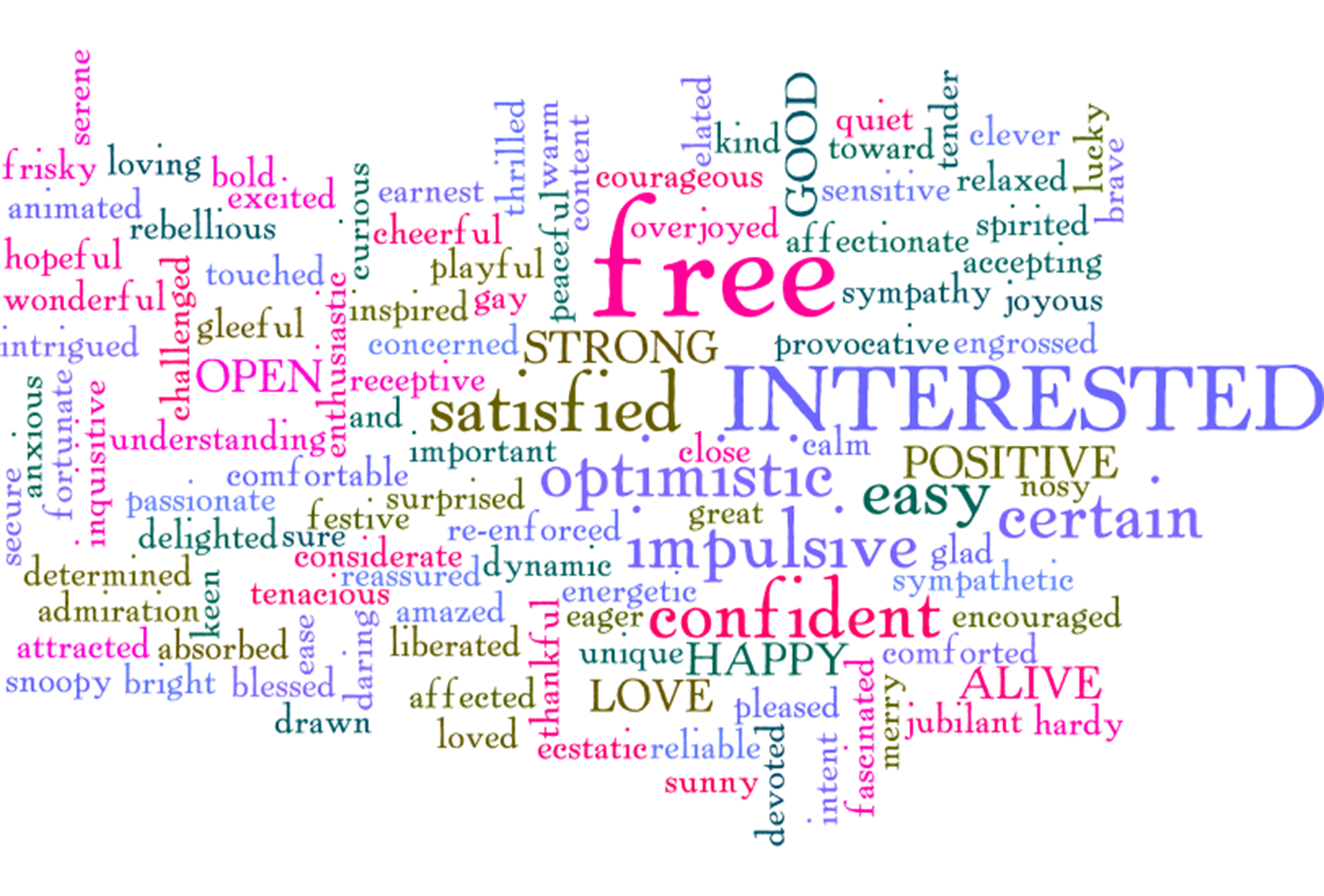
Annual Employee engagement surveys are dead, proclaimed headlines. Yet they continue to exist all around us, growing at the rate of 13.5% to become a 346 MUSD industry by 2025. Only 22% of companies benefit from their surveys , yet attempts to find alternatives have backfired. Companies attempting to sense engagement leveraging Technology have faced a backlash. From Invasion of privacy, to snooping on employees and more. Is there a better way to sense employee engagement & co-create the change? Will Agile be the solution to annual employee engagement surveys? Would an Agile way of working bring about the change in behaviour being sought?
Annual Employee Engagement Surveys.
Over the years employee surveys have indeed changed shape and form. From a cumbersome 60 questions annual exercise to a crisper and frequent version. From being paper based to online and now mobiles. Yet Annual employee engagement surveys struggle with many handicaps. (1) Delayed sharing of results, if ever (2) Lack of perceived change even after feedback . (3) Lack of engagement and ownership among employees. Employees often feel cut off from the process and think it is the management’s job alone to fix things.
This study sums up the issues with Annual employee engagement surveys quite well.
Technology as an alternative.
Rapid advances in technology encouraged companies to sense engagement. They began to sense engagement through Mood recognition technologies and facial recognition software. Studying the digital footprint of employees (through emails, sites visited) to predict behaviour. Crawling the social media platforms to study interactions and thereby sense employee engagement.
Watching every move an employee makes leads to many discomforting results. (1) The Hawthorne effect, where people change behaviour when they are under watch. (2) Lack of privacy when Algorithms tell bosses how you are feeling. Technology also struggles in its ability to change behaviour, without thought through interventions.
Building a culture of Reflection and Engagement.
Technology does score over annual engagement surveys in being pervasive and immediate.However it does not lead to engagement by itself. Technology and surveys lack in their ability to induce reflection and behaviour change among employees. Enter Rituals. Rituals help lasting change in individuals and teams. If a team has a ritual built around collective reflection,open feedback and conversation, the chances for it to become a way of life are higher. With Agile, that is precisely the case! Teams need a ritual built into their daily routines to help them identify areas of change as they work. Individuals are also best placed to reduce the friction they are creating, once aware. The Agile way of working recommends reflection as one of the key principles.
Rituals that pause teams and help them reflect are invaluable in organisations today. But introducing rituals without doing the hard-work of building the right mindset within teams, won’t take us very far. Hence the Agile manifesto recommends a mindset which values Individuals and interactions . Where transparency and conversations are the dominant way of working in teams. Rituals and mindsets will need to go hand in hand. Each reinforcing the other. Hence possibly making agile the solution to annual employee engagement surveys.
How does Agile win over employee engagement surveys?
Organisations today need a more systemic way of sensing feedback. They also need an organic way of finding things to improve and mobilising teams towards it. The Agile Manifesto offers a framework and mindset of seeking feedback and improving on it.
Agile also scores over employee engagement surveys by creating ownership within team members. Teams identify improvements and go on to incorporate them from the next sprint. This helps employees experience the change they wished to see, thereby enhancing engagement.
The agile mindset will ensure reflection is not a blame game. It is much rather a means to find out what went well and what can be better, in an iterative manner.
Three ways to incorporate reflection in your teams
Sure your team has not yet moved to the sprint based way , iterative way of working. That does not mean you cannot incorporate reflection into the everyday work of your teams.
Here are three recommendations to incorporate reflections in your teams
1) Ask each team member to check-in their mood at the end of every team call.
A weekly team call is the norm in most teams, if not more . At the end of every call ask each team member to describe how they are feeling in one word. Do not jump in to reprimand or call the team member out for any negative words. You will effectively shut down any open sharing thereafter. However if you do notice a trend with the same employee over a period, do schedule a one on one to help.
2) Debrief document at the end of every deliverable.
Even if your team is not working in sprints, debriefing at the end of each deliverable is a good reflective practice. Ask each team member to identify what went well, what can go better. Also the improvements and ideas they wish to incorporate for next time. Creating a document with the debrief and sharing with all is best.
3) One small change that will positively impact a majority of their tasks
Ask team members to identify one small change that will positively impact a majority of their tasks. Get the team to incorporate the change. You could do this once a month or quarter. A weekly or a fortnightly reflection is better for the memory is fresh!
Employee engagement is not the same thing as engaging employees. Employee engagement is the outcome of actively engaging employees through a strategy that drives improved performance. To really boost company performance, you need to create workplace experiences that employees love. And that requires more than putting together a survey to measure employees’ level of engagement. It means creating changes in the way they experience work itself.







